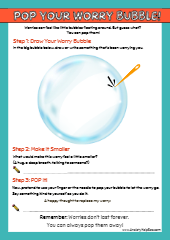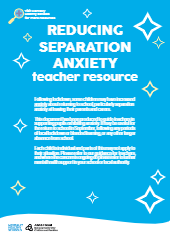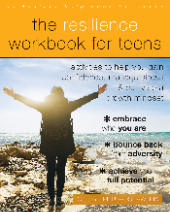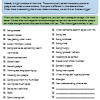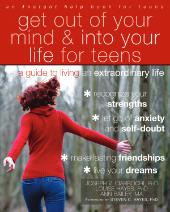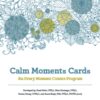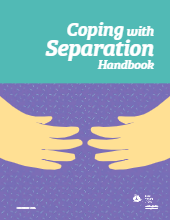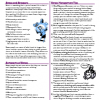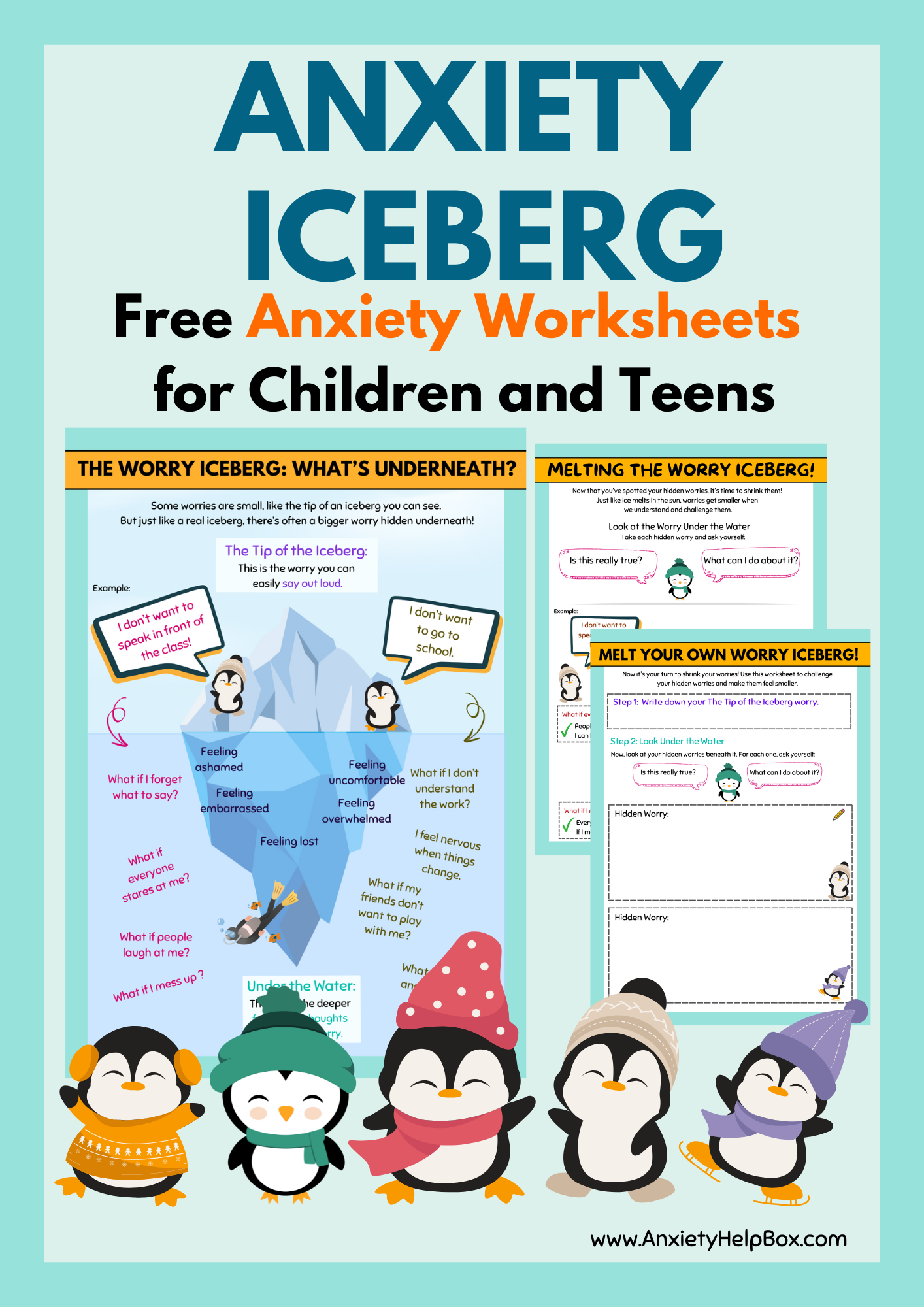 Anxiety Iceberg is a powerful and visually engaging resource designed to support children and teens in exploring their worries and recognising the deeper emotions that often lie beneath the surface. By using the metaphor of an iceberg, this resource helps kids understand that visible worries are often just the tip, with more complex thoughts and feelings hidden beneath the water. This structured approach promotes self-reflection, emotional awareness, and the development of healthy coping strategies to manage anxiety and build resilience.
Anxiety Iceberg is a powerful and visually engaging resource designed to support children and teens in exploring their worries and recognising the deeper emotions that often lie beneath the surface. By using the metaphor of an iceberg, this resource helps kids understand that visible worries are often just the tip, with more complex thoughts and feelings hidden beneath the water. This structured approach promotes self-reflection, emotional awareness, and the development of healthy coping strategies to manage anxiety and build resilience.
What’s Inside?
-
The Worry Iceberg Model – This visual framework is at the heart of the resource. It encourages children and teenagers to differentiate between surface-level worries (the tip of the iceberg) and the more profound, often hidden, thoughts and feelings that lie underneath. This model helps children see that their immediate worries may be linked to deeper fears and concerns.
-
Identifying Surface and Hidden Worries – The resource includes detailed instructions to help children articulate their visible worries and explore what might be driving them beneath the surface. This process encourages children to express their concerns more openly and feel less overwhelmed by them.
-
Challenging Negative Thoughts – Practical exercises guide children to question the validity of their hidden worries and challenge unhelpful thinking patterns. For example, children are prompted to ask themselves whether their fears are based on facts, how likely their worries are to come true, and what steps they can take to feel more in control of the situation.
-
Melting the Worry Iceberg – This step-by-step activity helps kids and teenagers reduce the power of their worries by rethinking and reframing them. Just as ice melts under the sun, worries can become smaller and less threatening when they are understood and challenged. This activity encourages children to develop a more positive and constructive perspective on their worries.
-
Personalised Reflection and Self-Help Worksheets – Blank templates are provided for children to create their own worry icebergs. These templates help them identify specific worries, explore underlying emotions, and work towards finding practical solutions. This exercise promotes self-reflection and fosters a greater sense of self-awareness.
-
Real-Life Scenarios and Examples – The resource includes relatable examples of common worries, such as fear of speaking in front of the class or anxiety about making mistakes. Each example is paired with helpful strategies for managing these worries, such as practising deep breathing, focusing on positive self-talk, and seeking support from trusted adults.
-
Emotional Awareness and Regulation Techniques – The resource offers guidance on recognising different emotions and how they are connected to thoughts and behaviours. This section helps children build emotional vocabulary, understand how feelings impact actions, and learn techniques for managing intense emotions.
Practical Ways to Use This Resource
-
Classroom or Group Discussions – Teachers and school counsellors can use the Anxiety Iceberg as a discussion tool in the classroom, helping students talk about their worries and learn how to manage them in a supportive environment.
-
One-on-One Therapy Sessions – Therapists and counsellors can guide children and teens through the process of identifying and challenging their worries, using the iceberg model as a structured approach to exploring and addressing anxiety.
-
Parent-Child Activities – Parents can use the Anxiety Iceberg at home to encourage open conversations about feelings and worries. The visual nature of the resource makes it accessible and engaging for children, fostering an atmosphere of trust and support.
-
Self-Help Tool for Children – Older children and teens can use the worksheets independently as a self-help tool, working through their worries at their own pace. The guided exercises encourage self-reflection and personal growth, promoting confidence in their ability to manage anxiety.
-
Supplement to Emotional Literacy Programs – This resource can be integrated into emotional literacy and social-emotional learning (SEL) programs to teach children the skills they need to understand and regulate their emotions.
-
Coping Strategy Workshops – Educators and mental health practitioners can use the Anxiety Iceberg as part of workshops focused on coping strategies, helping children build a toolkit of techniques for managing stress and anxiety.
Who Can Benefit from This Resource?
The Anxiety Iceberg is ideal for parents, teachers, therapists, and caregivers supporting children and teens who struggle with anxiety, social fears, or overthinking. It provides a structured and visually engaging approach to understanding and managing worries, making it suitable for use in schools, therapy sessions, youth programs, and at home.
By providing children with the tools to recognise, understand, and challenge their worries, the Anxiety Iceberg empowers them to develop emotional resilience, build confidence in managing anxiety, and approach life’s challenges with a more positive and balanced mindset.
